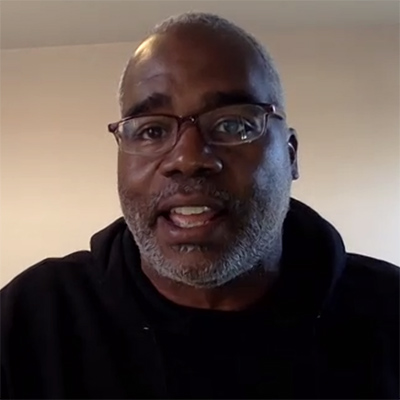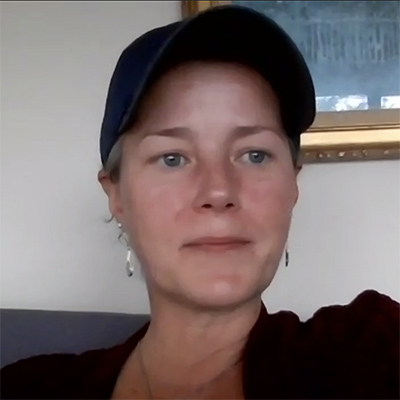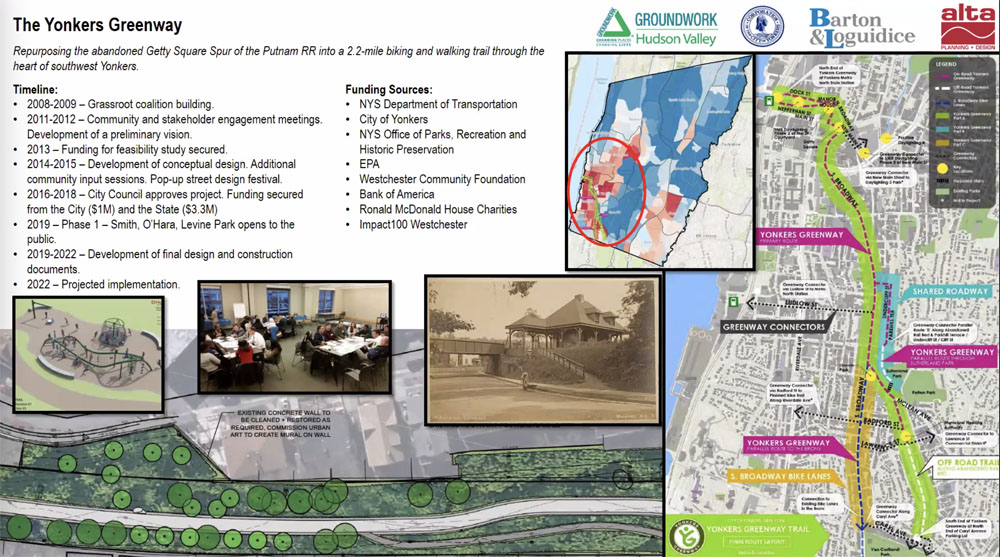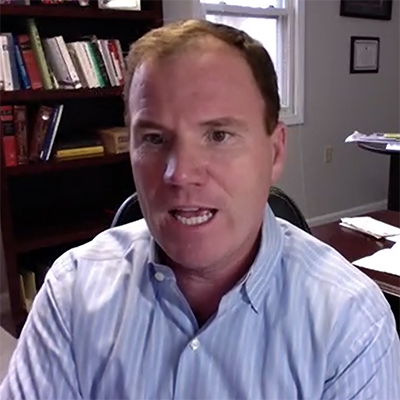FERC last week approved WECC-levied penalties totaling $156,000 against Black Hills Power (NYSE:BHP) and Southern California Edison (NYSE:EIX) for violations of NERC reliability standards (NP22-3).
NERC submitted the settlements to FERC on Oct. 28 in a spreadsheet Notice of Penalty. The commission indicated last week it would not review the WECC settlements, along with a separate $300,000 penalty against Ohio Valley Electric Corp. (See OVEC Hit with $300K in NERC Penalties.)
BHP Reports Study Shortfalls
Black Hills’ $46,000 penalty resulted from three violations of TPL-001-4 (Transmission system planning performance requirements) and one each of PRC-005-1 (Transmission and generation protection system maintenance and testing) and PRC-005-6 (Protection system, automatic reclosing, and sudden pressure relaying maintenance). All were self-reported.
The utility’s infringement of TPL-001-4 had to do with the 2017 and 2018 Transmission Coordinating Planning Committee (TCPC) studies, which Black Hills discovered in 2020 had not been completed to requirements R2, R3 and R4 of the standard. Specifically, several aspects of the planning assessment were not finished in 2017 because the employees who were assigned to handle those parts left the company before it was done. The following year’s assessment was completed late as well, though WECC did not state whether this was because of the employees’ departure as well.
WECC assessed the risk level of the violation as minimal and acknowledged that it “did not pose a serious or substantial risk to the reliability of the bulk power system.” However, the regional entity also pointed out that the lack of a complete planning assessment could have limited Black Hills’ ability to “identify weaknesses in its system … implement action plans for identified system deficiencies or make needed system improvements.”
The RE regarded the issues with Black Hills’ planning assessments as systemic, warranting a financial penalty, because of the number of requirements violated and the fact that they spanned several years. The utility’s first mitigating action for the infraction was to complete the missing aspects of the affected assessments, which it did in 2020 while working on the 2019 assessment. It also created a TPL-001-4 process checklist to monitor the project’s progress each year, with backup plans for what to do if the needed information is not available in time.
The PRC-005-1 violation originated with Black Hills’ failure to verify the functioning of battery terminal connection resistance and battery interval or unit-to-unit connection resistance in two battery banks at a 230-kV converter substation. Black Hills reported in 2019 that it had not performed the testing — which is required every 15 months, according to the standard — since the standard became effective in 2007 because contractors performing the testing were unable to access the battery’s posts and straps. Black Hills verified the resistance of the batteries and replaced the bolts that kept contractors from accessing the batteries.
Similarly, the utility’s violation of PRC-005-6 was failure to verify that the communications system at a bulk electric system substation was functional every four calendar months. Black Hills found that its internal BES review committee “did not analyze and recategorize the substation as containing BES elements” after a new substation was interconnected on the BHP system in 2016. The utility completed the required maintenance testing, conducted an extent of condition review that found no other instances of noncompliance, and overhauled its BES review committee.
WECC considered these infractions systemic as well because of the overlapping timelines. The RE noted Black Hills’ internal compliance program but did not consider it a mitigating factor because of its failure to detect or prevent these violations, as well as the violations of TPL-001-4.
Testing Failures Net $110K Penalty for SCE
The $110,000 penalty for SCE originated from a violation of regional reliability standards FAC-501-WECC-2 (Transmission maintenance) and FAC-501-WECC-1, the earlier version replaced by FAC-501-WECC-2 in 2018.
SCE reported both infractions in May 2019. The utility discovered the infringement of FAC-501-WECC-2 first: It realized that three series capacitors and three circuit breakers that were elements of major WECC transfer paths had not been maintained and inspected in January 2019 as the standard required. The second violation was discovered during the investigation of the first, when SCE found that it did not have documentation of the 2016 and 2017 reviews of its transmission maintenance and inspection program (TMIP). The utility was also late in completing the 2018 TMIP review.
WECC found that the root cause of the original violation was failure to track the progress of the inspections, coupled with lack of communication between responsible parties. The second was caused by poorly defined management policy guidance and expectations, specifically the lack of a formal process for initiating the annual review of the TMIP, for documenting its completion or for storing the documents.
SCE mitigated the infractions by completing maintenance and testing for the series capacitors and circuit breakers, updating its monthly workload planning checklist to ensure the TMIP is completed, and documenting the scheduling process project plan. It also documented a process for annual review of the TMIP.









